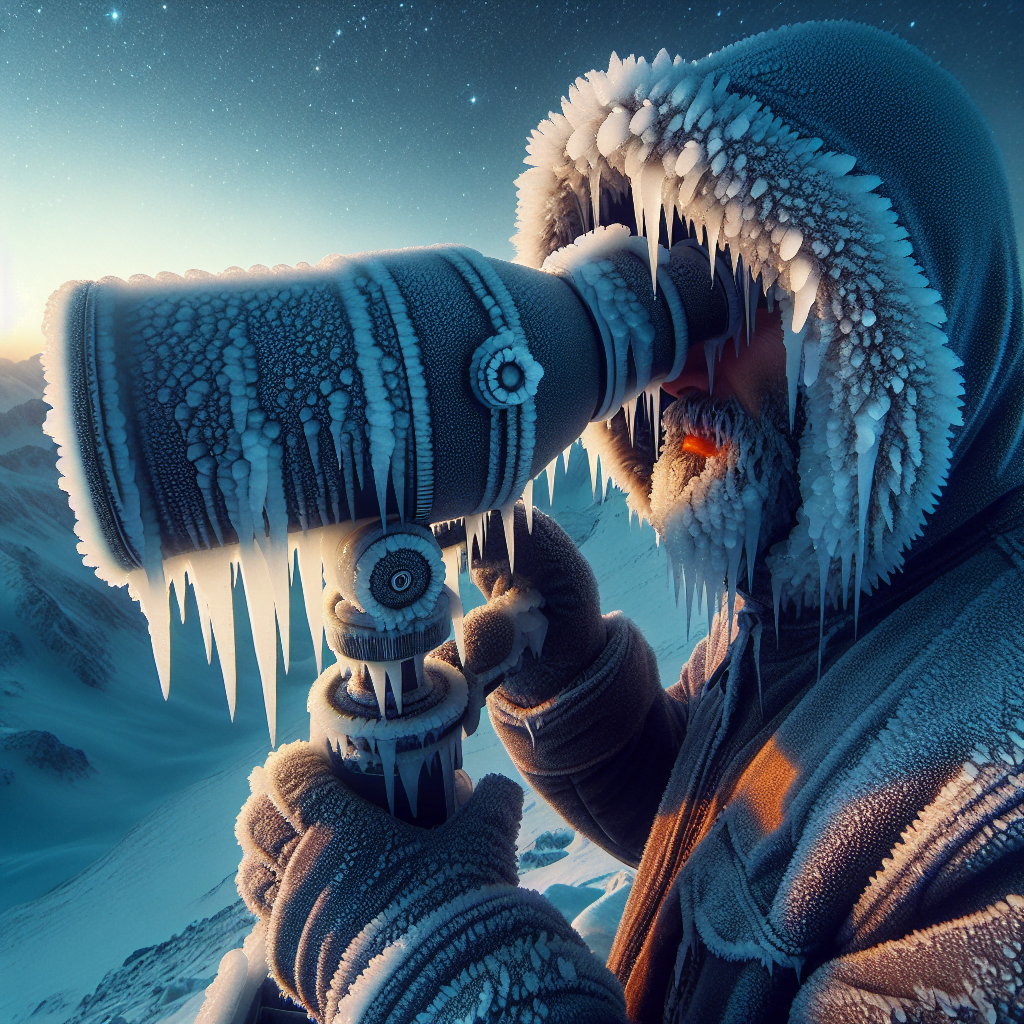Imagine stepping outside on a frosty winter day, your breath turning into delicate puffs of white against the brisk air. As you peer up at the starry night sky, you can’t help but wonder about the challenges astronomers face when observing in such frigid conditions. In this article, we will explore the obstacles that come with studying the wonders of the universe amidst the bitter cold, and how researchers overcome them with innovative solutions. Whether it’s battling icy telescopes or enduring bone-chilling temperatures, the realm of astronomy holds a unique set of challenges that make the pursuit of knowledge all the more fascinating.
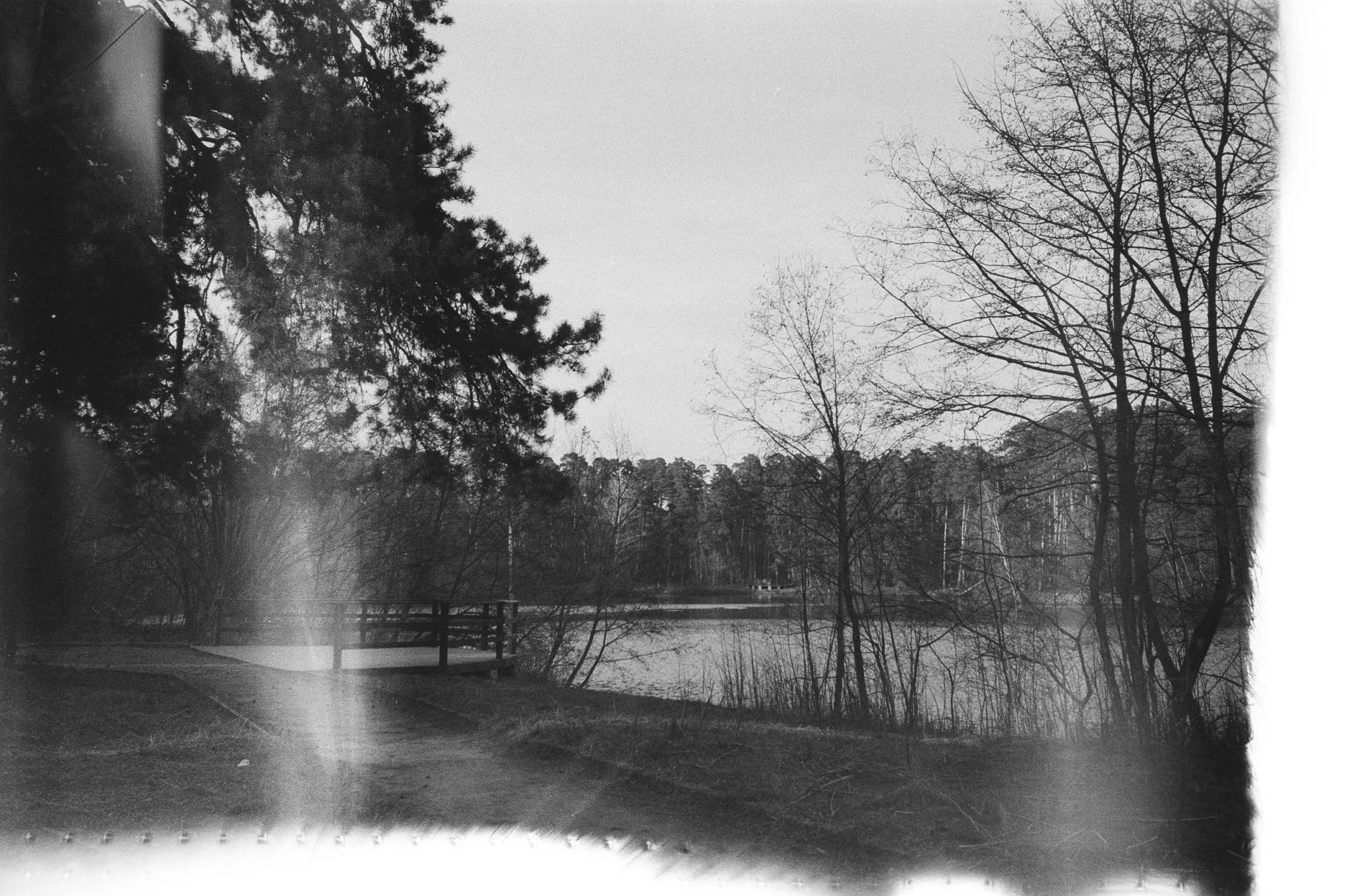
Table of Contents
Equipment
Batteries
One of the main challenges of observing in cold weather is the impact it has on batteries. Cold temperatures can significantly reduce the overall lifespan and performance of batteries, causing them to drain much faster than usual. This can be especially problematic when using electronic equipment, such as cameras or other devices that rely on batteries for power. It is important to keep spare batteries on hand and store them in a warm place to ensure they are fully charged and ready to use when needed.
Camera lenses
Cold temperatures can also affect camera lenses. Extreme cold can cause condensation to form on the lens, which can blur or distort images. Additionally, freezing temperatures may cause the lubricants inside the lens to congeal, making it difficult or impossible to adjust the focus or zoom. To mitigate these issues, it is recommended to keep camera lenses warm by using lens hoods or protective covers when not in use, and also allowing them to warm up slowly when transitioning between cold outdoor temperatures and warmer indoor settings.
Tripods
In colder weather, tripods may become less stable due to frozen ground or icy surfaces. It is important to use tripods that have stable and secure bases, as well as ensure that the legs are firmly locked in place. When setting up a tripod, take extra care to make sure it is on stable ground, and consider using snowshoes or other equipment to provide additional stability if needed. Additionally, it is a good idea to keep spare parts for tripods, such as leg locks or quick-release plates, in case they become damaged or frozen in cold weather.
Visibility and Clarity
Fog and mist
Fog and mist can be a major challenge when observing in cold weather. These atmospheric conditions can significantly reduce visibility and make it difficult to capture clear and sharp images. To tackle this issue, it is recommended to use a lens hood to reduce the amount of moisture that can come into contact with the lens. Additionally, using a lens cloth or microfiber cloth to clean the lens and remove any moisture or condensation can help maintain clarity in images.
Condensation
Condensation is a common issue when transitioning between different temperature environments. When moving from a cold outdoor environment to a warm indoor setting, moisture can build up on camera lenses, causing them to fog up and obstructing visibility. To prevent condensation from forming, it is important to acclimatize equipment gradually by sealing it in a protective bag before moving it indoors. This allows the equipment to slowly adjust to the warmer temperature, reducing the likelihood of condensation forming on the lenses.
Snow and ice buildup
Cold weather often includes snow and ice, which can accumulate on camera equipment and hinder its functionality. It is important to regularly check and clean equipment to remove any snow or ice buildup that may have occurred. Using a soft brush or cloth, carefully remove any snow or ice from the camera body, lens, and tripod. This will help prevent any damage or interference with the equipment and ensure optimal performance.
Low light conditions
During the winter months, daylight hours tend to be shorter, resulting in limited natural light for photography. This can make it challenging to capture well-exposed images, especially in remote or low-light environments. It is advisable to use a tripod to stabilize the camera and reduce the risk of blur caused by hand movement during longer exposure times. Additionally, adjusting the camera’s ISO settings and using a wide aperture can help compensate for the lack of light and improve the overall exposure of the images.
Temperature
Extreme cold
Extreme cold temperatures can pose a serious challenge when observing in winter weather. Prolonged exposure to extreme cold can be dangerous and even life-threatening. It is crucial to dress appropriately for the conditions, layering clothing to trap heat and insulate the body. Outer layers should be windproof and waterproof to protect against the harsh elements. Additionally, it is essential to monitor body temperature and take regular breaks in warm places to prevent hypothermia or frostbite.
Limited mobility and dexterity
Cold weather can restrict mobility and limit dexterity due to the stiffening and numbness of fingers, toes, and other extremities. This can make it difficult to operate camera controls or adjust equipment. To mitigate this, it is recommended to wear appropriate insulated gloves or mittens that allow for dexterity while also providing warmth. Additionally, using equipment with larger, easier-to-operate buttons or features can help overcome the challenges of limited mobility and dexterity in cold weather.
Clothing and Safety
Layering
Layering clothing is a crucial technique to stay warm and comfortable when observing in cold weather. The layering system consists of a base layer, middle layer, and outer layer. The base layer should be moisture-wicking to keep the body dry, the middle layer should provide insulation and retain heat, and the outer layer should be windproof and waterproof. By layering clothing, you can easily adjust and regulate your body temperature as needed throughout the day.
Frostbite and hypothermia risks
Exposure to cold temperatures for an extended period can put you at risk of frostbite and hypothermia. Frostbite can occur when skin and tissue freeze, and hypothermia is a condition where the body’s core temperature drops dangerously low. To minimize these risks, it is essential to dress in appropriate clothing, including insulated and windproof layers, and protect exposed areas such as the face, hands, and feet with suitable gear such as gloves, hats, and insulated boots. Additionally, always be mindful of your body’s signals and take breaks in warm areas when necessary.
Slippery surfaces
Snow and ice create slippery surfaces that can result in accidents and injuries. When observing in cold weather, it is important to wear appropriate footwear with good traction to reduce the risk of slipping and falling. Snowshoes or ice cleats can provide extra grip on icy terrain and should be considered if encountering particularly slippery surfaces. Take extra caution when walking on slopes or uneven ground, and consider using trekking poles or walking aids for added stability.
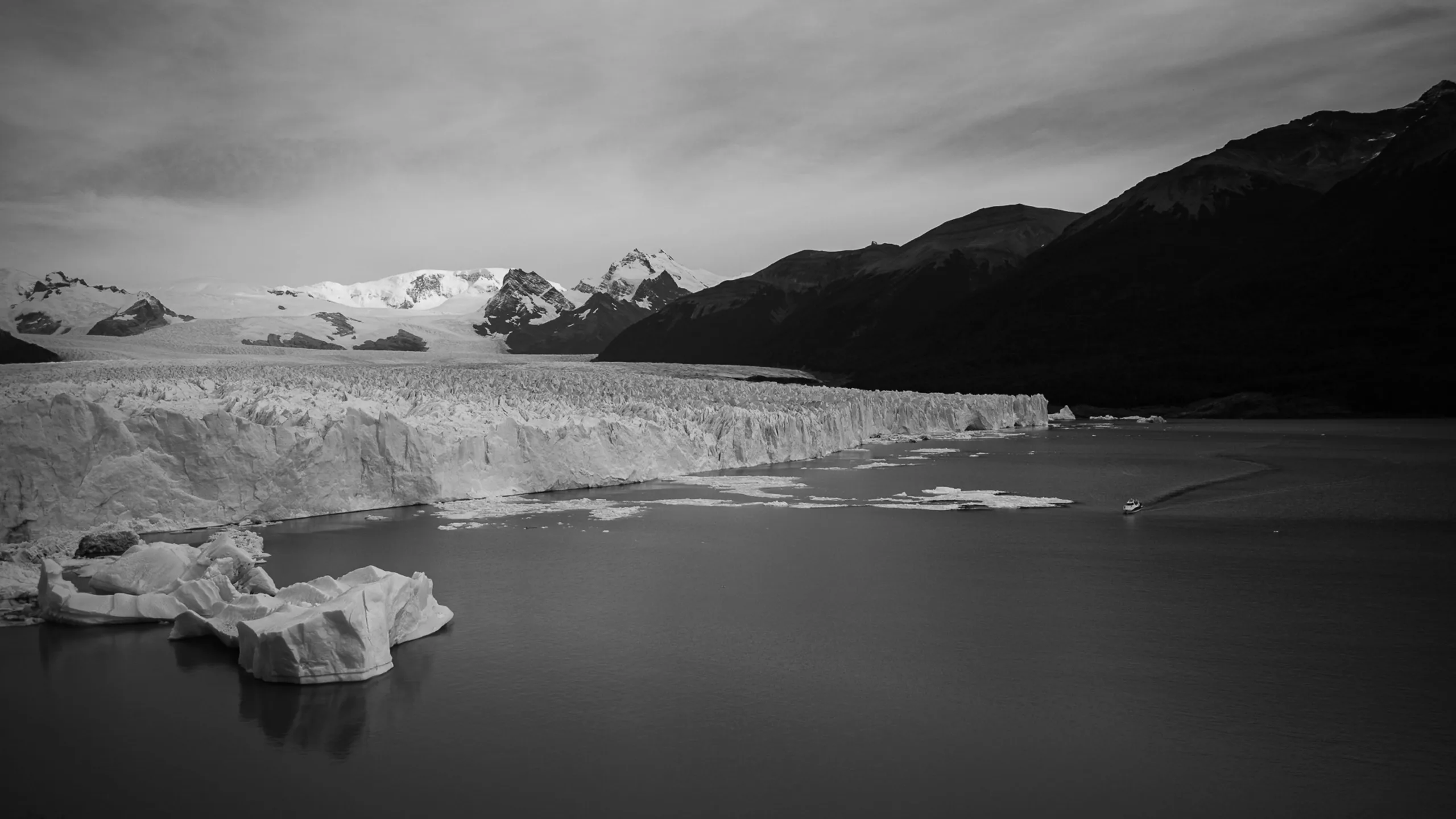
Photography
Exposure and white balance
Cold weather conditions can affect the exposure and white balance of your photographs. Snow and ice can cause overexposure in images, leading to loss of detail and washed-out colors. To achieve accurate exposures in snow or bright winter landscapes, it is advisable to use the exposure compensation feature on your camera or manually adjust the settings to slightly underexpose the image. Additionally, adjusting the white balance setting can help prevent blue or cool tones resulting from the snow’s reflection, ensuring more accurate colors in your photographs.
Focusing challenges
In cold weather, the autofocus function on cameras can struggle to accurately focus on subjects, particularly in low-light conditions or when there is limited contrast. To overcome this challenge, using manual focus can be beneficial. By manually adjusting the focus ring on the lens, you can ensure precise focus on your desired subject. It is crucial to practice using manual focus in a controlled environment before heading out into the field to ensure you are comfortable and proficient with this technique.
Freezing of camera controls
Extreme cold temperatures can cause camera controls, such as buttons, switches, or dials, to freeze or become unresponsive. To prevent this, it is advisable to carry a small hand warmer or use body heat to warm up the camera controls periodically. Additionally, keeping spare camera batteries close to your body, such as in an inside pocket, can help maintain their performance and prevent them from draining quickly in the cold weather.
Transportation
Vehicle reliability
When observing in cold weather, it is crucial to ensure the reliability of your vehicle. Extreme cold temperatures can affect the performance of engines and other mechanical components, potentially causing breakdowns or malfunctions. Before embarking on your observation trip, it is recommended to have your vehicle inspected by a professional to ensure all systems are in good working condition. Regular maintenance, such as checking the battery, engine oil, and coolant levels, is also essential to prevent any issues while on the road.
Road conditions
Cold weather often means encountering hazardous road conditions, such as snow, ice, or slush. This can make driving challenging and increase the risk of accidents. It is important to drive cautiously and adjust your driving habits to suit the conditions. Reduce your speed and maintain a safe distance from other vehicles, allowing for increased stopping distances. Consider equipping your vehicle with winter-specific tires or chains for added traction and stability. Always stay updated on road conditions and be prepared for delays or detours due to inclement weather.
Added travel time
Observing in cold weather often requires traveling to remote or less accessible locations. It is essential to factor in additional travel time due to slower driving speeds, possible road closures, or the need to hike through snowy or icy terrain to reach your desired observation point. Plan your trips accordingly, allowing extra time to ensure you arrive safely and have sufficient daylight for observation. It is also recommended to inform others of your travel plans and estimated return time in case of any unforeseen circumstances.
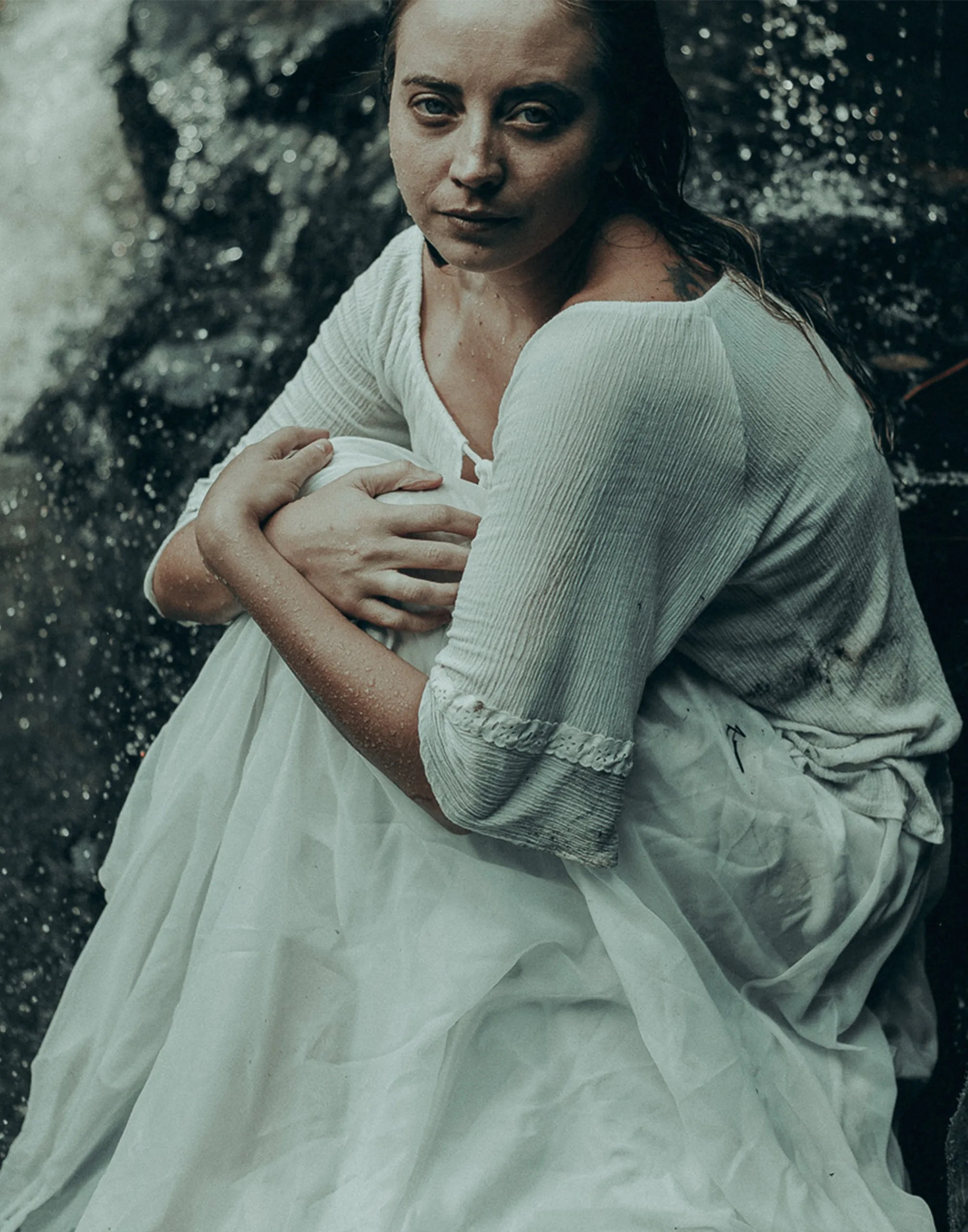
Communication
Interference with equipment
Cold temperatures can affect the performance of electronic communication equipment, such as radios or walkie-talkies. Batteries may drain more quickly, and signals can become weak or distorted. It is important to keep spare batteries for communication devices and store them in a warm place. Consider using insulated protective cases for equipment to help maintain optimal performance and protect against the cold temperatures.
Limited signal coverage
Cold weather combined with remote or mountainous locations may result in limited signal coverage for mobile phones or other communication devices. This can make it challenging to stay connected or call for help in case of emergencies. Prior to heading out into isolated areas, research the signal coverage and consider carrying additional communication devices, such as satellite phones or personal locator beacons, to ensure you can communicate effectively in case of any emergencies or unforeseen circumstances.
Difficulty in speaking and hearing
Extreme cold can affect your ability to speak and be heard clearly. The cold temperature can cause your vocal cords to become constricted, resulting in a hoarse or weak voice. Additionally, wearing hats, scarves, or other face coverings to protect yourself from the cold can further muffle your voice. It is important to speak clearly and loudly to ensure effective communication, and consider using radios or communication devices with built-in microphones and speakers to improve audibility in extreme temperatures.
Planning and Preparation
Tracking weather changes
When observing in cold weather, it is crucial to closely monitor and track weather changes. Cold weather conditions can quickly worsen, and unexpected storms or temperature drops can occur. Regularly check weather forecasts and updates to ensure you are prepared for changing conditions. It is also advisable to have a backup observation plan in case weather conditions are not suitable for your original destination.
Ensuring safety measures
Safety should always be a top priority when observing in cold weather. Before heading out, inform someone of your plans, including your destination and estimated return time. Carry appropriate safety equipment, such as a first aid kit, emergency blanket, and whistle, in case of emergencies. Familiarize yourself with the signs and symptoms of hypothermia and frostbite and know how to react if these conditions occur. It is also advisable to have a basic knowledge of wilderness survival skills and to brush up on navigation techniques to ensure you can find your way back in case of any unexpected circumstances.
Carrying necessary supplies and backups
When observing in cold weather, it is important to carry essential supplies and backups to ensure your safety and comfort. These may include extra layers of clothing, hand warmers, spare batteries, and hot drinks or snacks. It is also recommended to carry backup equipment, such as an additional camera body or lens, in case of any malfunctions or damage. Having a well-stocked backpack or gear bag with all the necessary supplies will help you stay prepared and make the most of your observation experience.
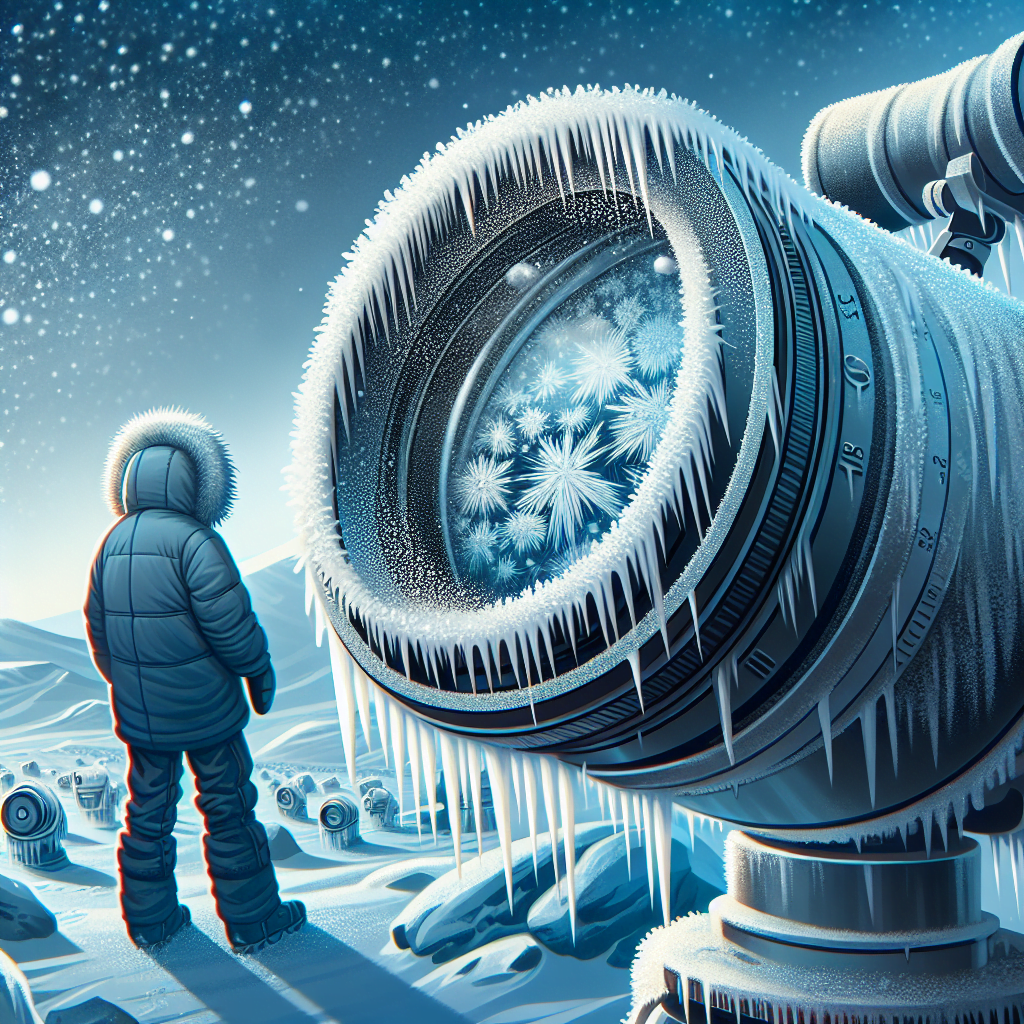
Environmental Factors
Animal encounters
Cold weather often brings out wildlife, including animals that may be more active during the winter season. While observing, be mindful of potential animal encounters and respect their space. Keep a safe distance and avoid approaching or disturbing wildlife. It is important to research the local wildlife in the area you are observing and familiarize yourself with their behavior and any potential risks they may pose.
Lack of shelter
Observing in cold weather means less opportunity for finding shelter in natural surroundings. The absence of trees or foliage during winter can leave you exposed to the elements. It is important to plan your observation locations carefully, considering areas with natural or man-made shelters, such as cabins or overhangs, to provide some protection from the cold, wind, or falling snow. Additionally, always carry a reliable waterproof and windproof tent or emergency shelter as a backup.
Avalanche and falling icicles risks
Observing in cold weather in mountainous areas can increase the risk of avalanches and falling icicles. It is essential to be aware of the local avalanche risk levels and take appropriate precautions if observing in avalanche-prone areas. Always carry avalanche safety equipment, such as a beacon, shovel, and probe, and know how to use them effectively. Additionally, be cautious of falling icicles from buildings or trees and avoid standing directly underneath them. Pay attention to warning signs or advice from local authorities regarding potential avalanche or falling ice hazards.
Psychological Effects
Mood swings and depression
Observing in cold weather for extended periods can have psychological effects, including mood swings and depression. The lack of sunlight and exposure to cold temperatures can impact mood and overall mental well-being. It is important to be aware of these potential effects and take steps to address them. This may include incorporating regular breaks in warm indoor spaces, engaging in physical exercise, and maintaining a positive mindset. If feelings of depression persist or worsen, seeking support from friends, family, or a mental health professional can provide valuable assistance.
Isolation and loneliness
Observing in cold weather often means venturing into remote or less populated areas. This solitude and isolation can contribute to feelings of loneliness. To combat these emotions, it is recommended to plan observation trips with a trusted companion or join winter photography or observation groups to share experiences and socialize. Additionally, maintaining regular contact with loved ones through phone calls or video chats can help reduce feelings of isolation and provide a sense of connection.
In conclusion, observing in cold weather comes with its own set of challenges. From equipment concerns to environmental factors and psychological effects, it is essential to be well-prepared, adaptable, and aware of the risks. By understanding and addressing these challenges, you can have a successful and enjoyable experience observing in cold weather while capturing stunning images of the winter landscape. Stay warm, stay safe, and enjoy the beauty that the cold weather has to offer.
